Google’s Find My Device finds a new radar-like logo

Come August/September you need not look for the familiar green icon when searching for one of Google’s most practical apps – Find My Device. The logo allegedly gets a summer retouch and it radically transforms it. It will presumably premiere along with the release of the long-developed Find My Device network later this summer (via 9TO5Google).
There's good news and bad news. The good one is that the logo redesign uses Google’s color scheme… and that is also the “bad” news. Google’s user base is polarized on the topic of app logos by Alphabet Inc. “Team A” (which may very well comprise 90% Google employees) praises all things in the blue, red, yellow, and green palette, when it comes to icons. Firstly, consistency is king, they say, and secondly, it makes for a smoother, faster user experience. When looking for a Google app, you kind of expect it to be in the familiar colors. “Team B” is bored to death with the ubiquitous color arrangement and is desperate for diversity in order to tell apart the blending-beyond-distinction Google icons.
Whichever side you’re on, you can’t really deny that the redesign looks cool. It takes the current logo (a green phone-like device on white/green background) and transforms it into something completely new: a symbol which instantly makes you think of radars, scanning, and… BMW (just a very colorful one).
Getting rid of the device in the icon is not by accident at all. As of now, Find My Device can guide your quest for locating misplaced devices that have location capabilities and are connected to the internet – primarily phones and tablets. The new network, which is expected to debut later this summer, will not be limited to finding “just” smartphones or tablets, but a whole new array of things. Anything, really! You just need to equip your “dumb” device with a Bluetooth tracker like Tile, Chipolo, and Pebblebee and it will make it discoverable for the Find My Device network.
As an emotion, the sheer joy and relief of finding your lost keys is rarely topped (as far as life experiences go), but having your personal belongings strapped to a Bluetooth tracker can pose a threat. The term ‘doxing’ comes to mind right away when talking about Bluetooth trackers.
That is why in a joint statement Google and Apple announced a lead initiative for an industry specification to address unwanted tracking. The Alphabet Inc. giant claims that ‘Location data crowdsourced from the network is end-to-end encrypted, which ensures Google can’t see or use it for any other purposes’, and will add a new function in the Find My Device network: unwanted tracker alert.
Track your smart devices, but also your “dumb” ones
Getting rid of the device in the icon is not by accident at all. As of now, Find My Device can guide your quest for locating misplaced devices that have location capabilities and are connected to the internet – primarily phones and tablets. The new network, which is expected to debut later this summer, will not be limited to finding “just” smartphones or tablets, but a whole new array of things. Anything, really! You just need to equip your “dumb” device with a Bluetooth tracker like Tile, Chipolo, and Pebblebee and it will make it discoverable for the Find My Device network.
‘The new Find My Device network will harness over a billion Android devices across the world to help you locate your missing belongings like headphones, tracker tags, or even your phone via Bluetooth proximity. And keep your ears open for updates to your existing Pixel Buds, as well as headphones from Sony and JBL, that will join the Find My Device ecosystem soon’, says Erik Kay, VP of Engineering at Google.
Google and Apple work together to ensure privacy
As an emotion, the sheer joy and relief of finding your lost keys is rarely topped (as far as life experiences go), but having your personal belongings strapped to a Bluetooth tracker can pose a threat. The term ‘doxing’ comes to mind right away when talking about Bluetooth trackers.
That is why in a joint statement Google and Apple announced a lead initiative for an industry specification to address unwanted tracking. The Alphabet Inc. giant claims that ‘Location data crowdsourced from the network is end-to-end encrypted, which ensures Google can’t see or use it for any other purposes’, and will add a new function in the Find My Device network: unwanted tracker alert.
‘Bluetooth trackers provide a simple and convenient way to track your daily devices, but also bring the potential of unwanted tracking. This is why later this summer we’re launching unknown tracker alerts on Android — which automatically notifies you if your phone determines that an unknown tracker is moving with you. You can view the device on a map to understand where it has been seen traveling with you, and play a sound on the tracker to help locate it. If you're still concerned about your safety, you'll be able to view instructions to physically disable the tracker and stop it from updating its location. We’ve also built in manual scanning so users can proactively search for unknown trackers that are near them. Unknown tracker alerts work with widely used Bluetooth trackers, including Apple AirTags and all trackers compatible with the Find My Device network’, concludes Erik Kay, VP of Engineering at Google.
Follow us on Google News



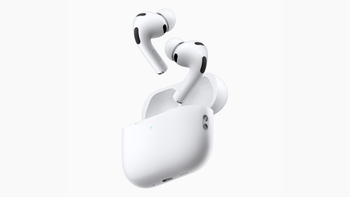
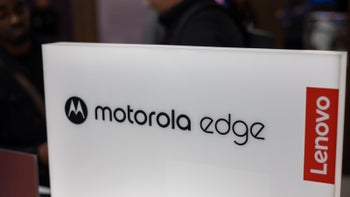

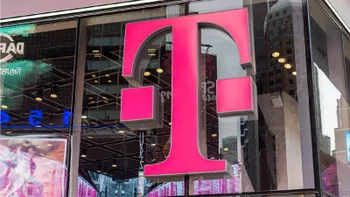

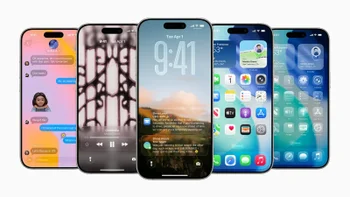

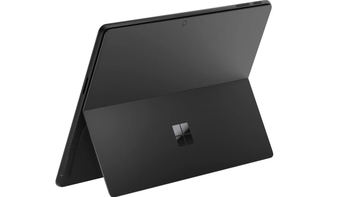
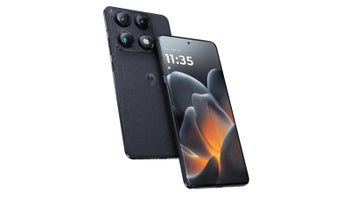

Things that are NOT allowed:
To help keep our community safe and free from spam, we apply temporary limits to newly created accounts: